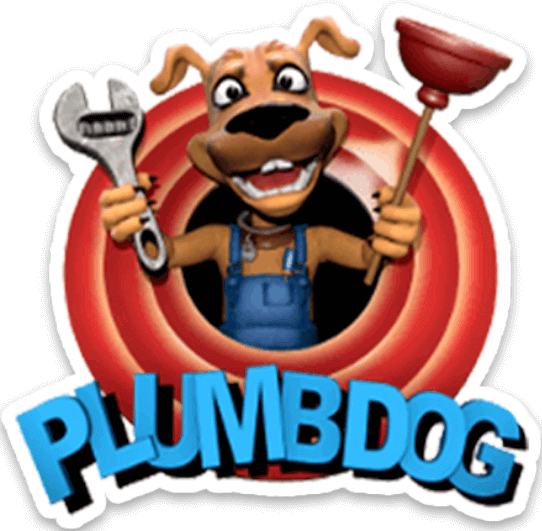- A straight swap is as it sounds where you literally replace a like for like hot water unit.
- It isn’t always as straight forward as pulling out the old and connecting the new hot water system. We explain why.
- Compliance and safety are of utmost importance for the household.
- Testing the hot water system properly after installation is equally as important.
- Watch more of our VLOGS here.
Different Types of Hot Water System Installations
There are different types of hot water systems including electric, gas and solar hot water with different options like storage or continuous flow and with a range of brands available and even housing designs, no two jobs are the same.
Because of the different number of scenarios, most plumbing websites advertise prices with installation for what we call ‘straight swaps’ or ‘like for like’ which is the base minimum to get an existing unit replaced without having to install new pipes or any major modifications in order to get the new hot water system installed.
Usually what will happen is:
- Unit is purchased with installation
- Plumber will arrive and check a few things to make sure the new unit can go in.
- If changes are required, then an estimate is provided and payment taken on site for the changes required to get the hot water system installed.
[Note: There may be some scenarios where a straight swap is not permitted. For some properties the location of the hot water system is not compliant with current regulations. You may have seen in our recent blog where a hot water unit was too small for the property. We changed from a gas continuous flow to a gas hot water storage unit to help reduce costs of installing completely new pipes]
Today’s Video: A Straight Swap of a Gas Continuous Flow Rinnai Infinity B20
For the job today, we have a straight swap of an old and new system of the same make and model which makes it relatively straight forward. Important to note however that just because it’s a straight swap, there is still the possibility that the new unit may not be installed.
To start off with before installing, our obedient and compliant Plumbdog makes some checks.
Initial Checks:
- The supply pipe is ok. Check.
- The pipe on this property is close to the gas meter. Check.
- The Hot Water System is not close to windows and doors. Check.
- The System is not too close to the flue and at least 300mm from the eaves. Check.
Everything stacks up and a straight swap is ok which means no extras to our customer and the price is as advertised on the website.
Testing After Installing the Hot Water System
Even though we’ve literally replaced everything as it was and connected the pipes to the same places on the new unit, our job doesn’t stop there. We need to test to make sure everything is functioning properly.
Test Gas Pressure
We test using a gas gauge to make sure the right gas pressure is flowing and performing properly. Too much or too little gas has an effect on performance which leads to unnecessary costs to you when running the hot water system.
[Plumbdog Tip: Check for the red tape under your system to see if it’s still there. If it is, then most likely the plumber hasn’t checked the gas pressure]
Test Temperature Inside the House
The fact that manufacturers are putting signs to check temperatures after installation means that there are plenty of installers out there who are not adequately testing. This is part of our standard procedure. Even though the hot water unit is supplying water at 50 degrees Celsius, there are numerous reasons why 50 degrees isn’t achieved inside the house and we need to adjust accordingly.
At Plumbdog, we hold our plumbers to high standards and have procedures for safety and compliance for the safety of our customers and our team. Following these procedures means that our customers enjoy a hot water system that works efficiently providing hot water while operating efficiently burning the gas and not your hard earned money.
If you’re in the Perth area and need a new hot water system, or even if you need to service or repair your hot water system then give us a whistle!






